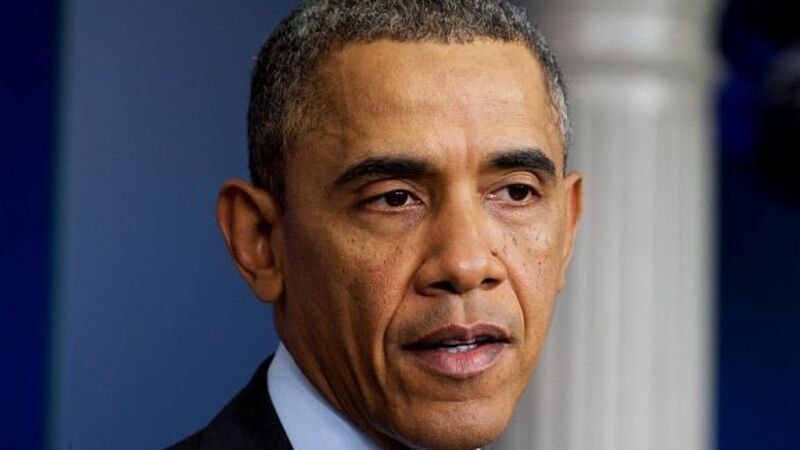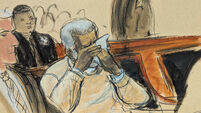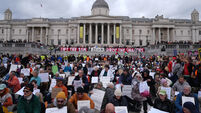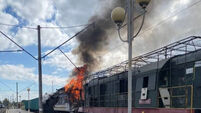$1bn boost for US military might in Europe

Standing with Polish president Bronislaw Komorowski, Obama said the US plans to send more military equipment and rotate additional American troops into the region. He called on lawmakers in Washington to provide the funding to sustain the effort.
The White House also said it would review permanent troop deployments in Europe in the light of the Ukraine crisis — though that fell short of a firm commitment to put troops on the ground that Poland and some of its neighbours had sought.
Obama’s announcement marks a significant departure from a two-decade trend toward a smaller US military presence in Europe amid a shift by the Obama administration to a more visible and active naval and air power presence in the Asia-Pacific region. Just three years ago the Pentagon downgraded the top US Army Europe commander from a four-star to a three-star general.
“Today, I’m announcing a new initiative to bolster the support of our Nato allies here in Europe,” Obama said at Warsaw’s Belweder Palace. “Under this effort, and with the support of Congress, the United States will preposition more equipment in Europe.”
If approved, the funding will be used to increase military exercises and training missions on the continent, as well as rotations of air and ground forces, the White House said. Officials said Obama was also seeking to ramp up US Navy participation in Nato deployments in the Black and Baltic Seas, plus working to boost the military capacity of non- Nato countries in Russia’s neighbourhood, including Ukraine, Georgia and Moldova.
Obama’s announcement came at the start of a three-country swing through Europe steeped in both historical significance and regional anxiety over the crisis in Ukraine.
A day before his first face-to-face encounter with Ukraine’s newly elected president, Petro Poroshenko, Obama said he wanted the US and Ukraine to have good relations with Russia. But in a warning to Moscow, Obama said the US has contingency plans to protect every member of Nato, and has been steadily developing those plans.
“Our contingency plans are not just pieces of paper on a shelf,” Obama said, adding that the US must and does have the ability to put those plans into effect.
At the same time, he called on other Nato members to step up by increasing their own role in the alliance’s collective defence, even as he acknowledged the US has greater capabilities to bear that burden than its smaller allies.
“Everyone has the capacity to do their fair share, to do a proportional amount to make sure we have the resources, the planning, the integration, the training in order to be effective,” he said.
To that end, Komorowski announced that Poland intends to increase its own defence budget, up to 2% of the nation’s gross domestic product. “It means it’s a very tangible, very clear engagement,” Komorowski said.
The cautionary notes from Obama and Komorowski came ahead of a potential encounter between Obama and Russian President Vladimir Putin, who also planned to be in France for the 70th anniversary of the D-Day invasion that eventually led to Allied victory in World War II.
Meanwhile, French president François Hollande certainly won’t go hungry. He’s dining twice — first with Obama, then with Putin.
It will be a challenge, but the safest diplomatic solution for the French president to keep apart two leaders who are at odds.
Diplomats in Paris said Hollande will host two dinners. Obama comes first; then two hours later it’s Putin’s turn. One of the meals might take place outside the presidential palace, reducing the likelihood Obama and Putin might run into each other.





